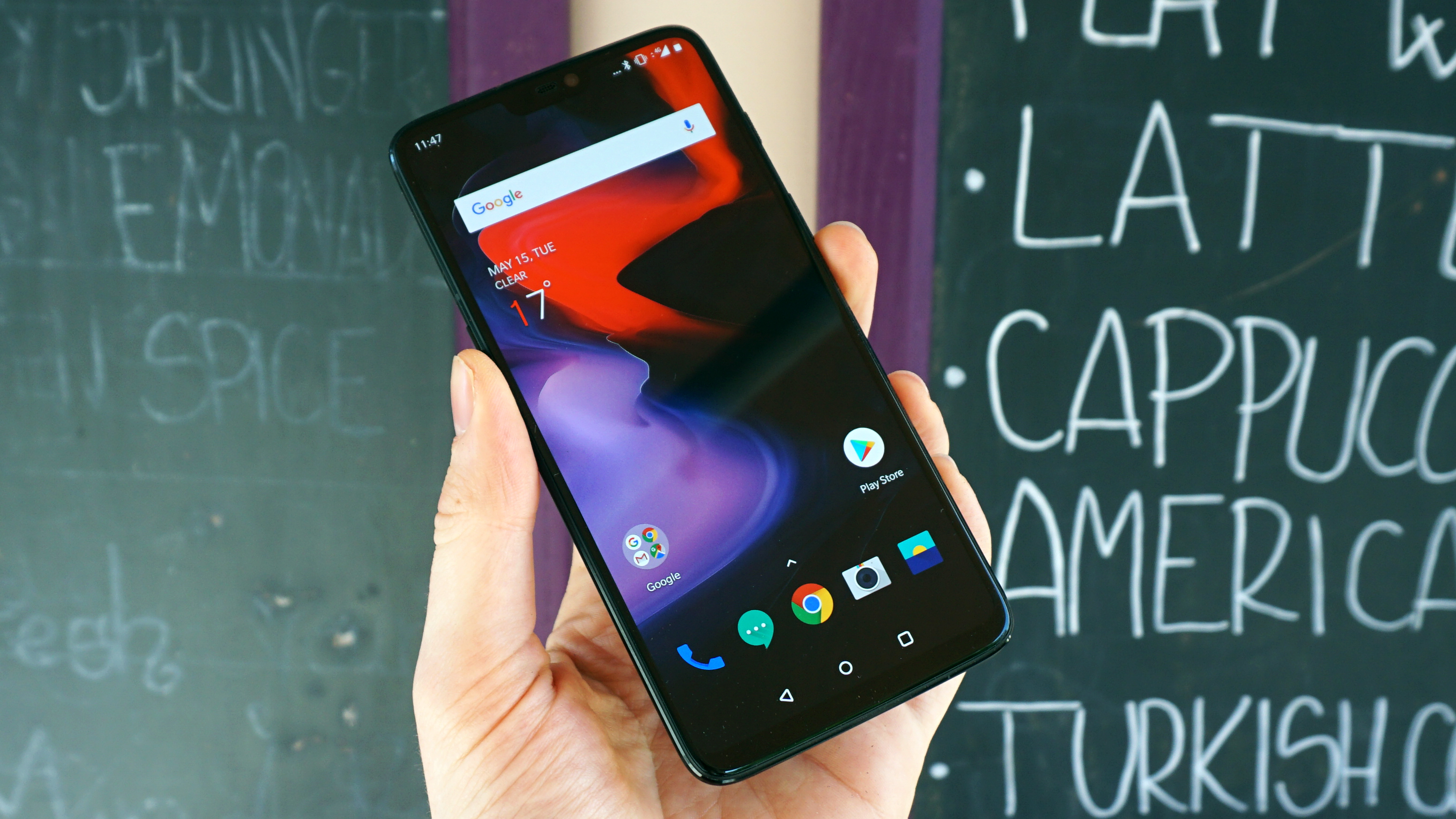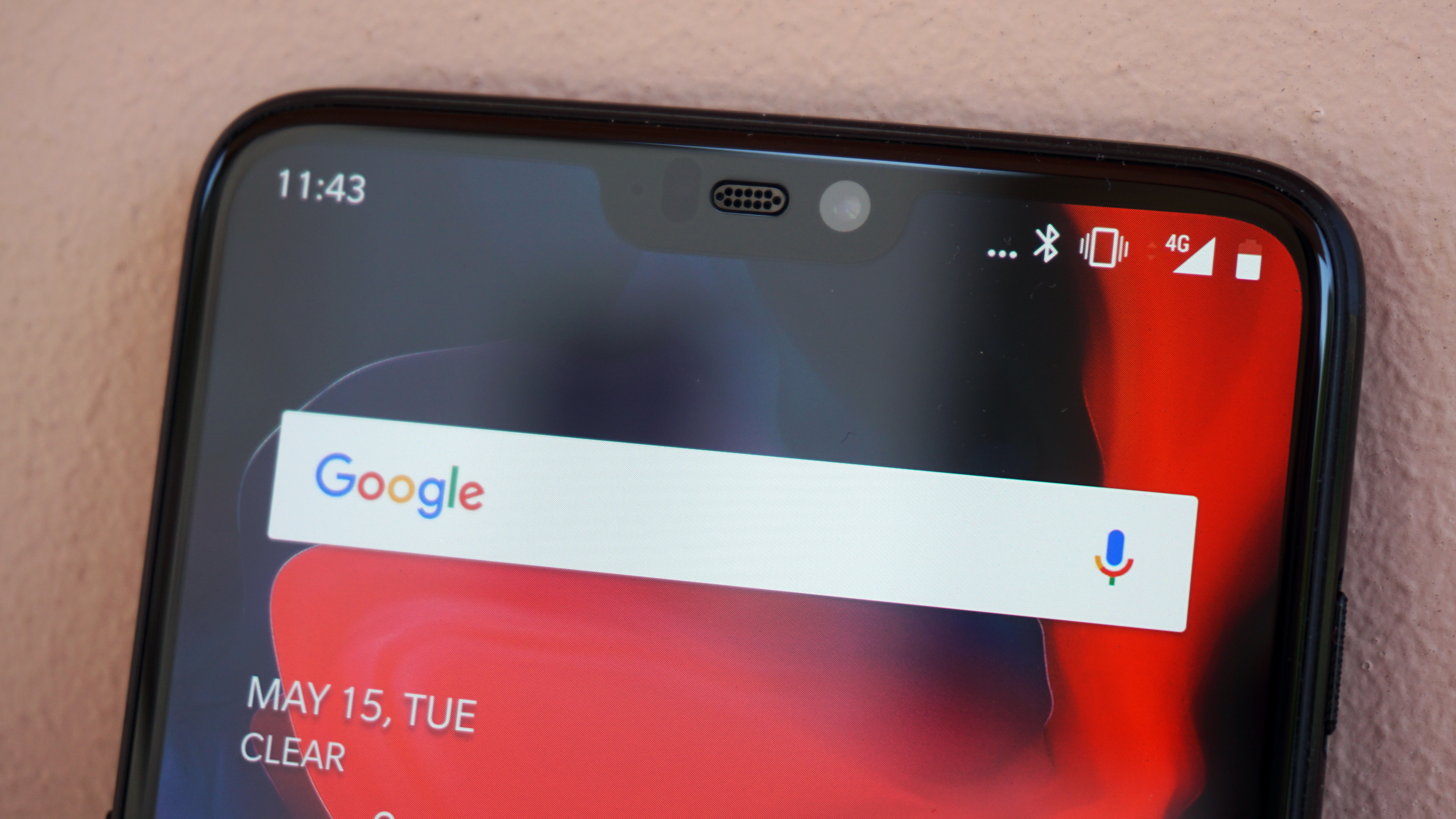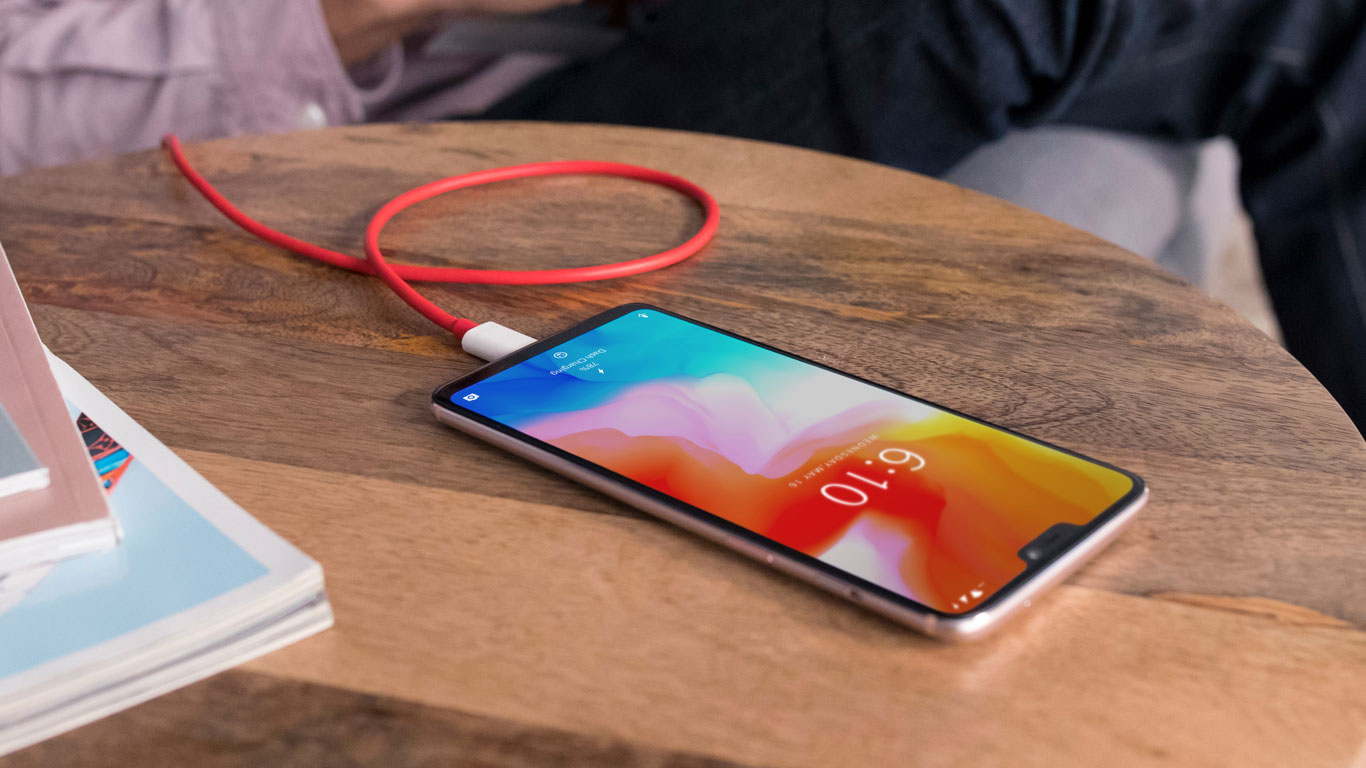OnePlus 6 vs OnePlus 5T: how does last year's model stack up?
Should you upgrade to OnePlus 6 after just six months?

The OnePlus 6 is a great value for a smartphone, but it's launching just six months after the OnePlus 5T, making an upgrade a harder decision to make.
That's why we're comparing the OnePlus 6 vs OnePlus 5T to see how different these two "flagship killer" Android phones really are. Is it enough of a jump for you?
That may depend on if you're an early adopter who must have the latest and greatest specs. Otherwise, you might as well wait for a very likely OnePlus 6T.
Here's how the two newest OnePlus phones compared side-by-side.
What our OnePlus 6 hands on video below
Design
OnePlus 6 boasts a new all-glass design with the only metal appearing around the frame and buttons. That's very different from the OnePlus 5T that made of all metal, specifically anodized aluminum.
Good news, they both still have a 3.5mm headphone jack on the bottom and a rear-mounted fingerprint sensor. Neither doesn't wholly rely on Face ID like the iPhone X. The alert slider is still here on the OnePlus 6, but it has switched sides, from left to right.
Sign up for breaking news, reviews, opinion, top tech deals, and more.
You'll also find improved water-resistance on the new OnePlus 6 over the OnePlus 5T. However, it doesn't rise to the level of an IP-rating, so you shouldn't get either phone wet. And while the OnePlus 6 has a premium-feeling all-glass body, there's no wireless charging to be had. That's usually one of the perks of a glass back.

Display
Like it or not the big difference between the OnePlus 6 and the OnePlus 5T screen is that there's a the notch cutout on the new phone. It's controversial, but does give you extra screen space and a 19:9 aspect ratio instead of last year's 18:8 ratio.
The OnePlus 6 AMOLED screen now measures 6.28 inches, while remaining at a Full HD resolution – that part hasn't grown at all. But screen-to-body ratio is now at 84% thanks to the notch. It does help in this regard.

OS and power
You'll be able to get Android Oreo on either phone right away, as the OnePlus 6 arrives with Google's latest stable software build, Android 8.1, out of the box. The OnePlus 5T can be upgraded to this version of the mobile OS as well.
But only the OnePlus 6 has the ability to download and install the Android P beta well ahead of the official launch. That's going to be a big perk from now until August. OnePlus hasn't mentioned the OnePlus 5T getting this beta advantage.
- Here’s how to download Android P beta on your OnePlus 6
You'll also get the faster Qualcomm-made Snapdragon 845 chipset on the OnePlus 6, which provides more power and energy efficiency than the chip. That'll be important going forward, more so than it is now. You can either get 6GB of RAM or 8GB of RAM and 64GB or 128GB of storage.
The OnePlus 5T has the same RAM and internal storage configuration options, but is outfitted with last year's Snapdragon 835 chipset. That's the biggest difference on the inside, and while you may not notice the slower chipset right now, you may appreciate the faster OnePlus 6 down the line if you plan to hold onto this phone for a while.
Our advice: buy the phone with specs you'll still love using two years from now, when you're likely to upgrade.

Camera and battery
The OnePlus 6 and OnePlus 5T have a dual-lens camera systems, but the OnePlus 6 switches things up with a vertically-oriented setup. There are more changes between the two on the inside, though.
The 16MP and 20MP lens pairing returns, with f/1.7 aperture. That's unchanged. It's the increased individual pixel 1.22um sizes of the OnePlus 6 (up from 1.12um on the 5T) that will give you better low-light photos on the newer phone.
The OnePlus 6 also has OIS on both rear cameras (hence the reason for the camera location switching), and slow motion video recording is now possible at 480fps at a lower 720p resolution. You can set it to 240fps at 1080p, but that kind of defeats the purpose.
You won't find portrait mode on the front-facing camera of either OnePlus 6 or 5T phone just yet, but OnePlus is promising that its new phone's 16MP front-facing camera will have this feature post-launch.

There no change to the battery, with both phones including a 3,300mAh battery that's said to last all day. Dash charge gives brings you from 0% power to 60% in 30 minutes, according to OnePlus.
Interestingly, despite the move to an all-glass design, the OnePlus 6 doesn't feature wireless charging. That's also not possible on the metal OnePlus 5T. Clearly the demand for wireless charging hasn't been greater than the expense of including such a feature.
Price and availability
The price has gone up once again for the OnePlus 6 compared to last year's OnePlus 5T, though it's not too bad.

Starting at $529 (£469), the OnePlus 6 will be available on May 22 in the US and Europe in its 6GB of RAM and 64GB of storage configuration. If you want 8GB of RAM and to double the internal storage, it will cost you an extra $50 (£60).
The OnePlus 5T was on offer for $499, so this isn't too big of a price increase, especially when you consider what more you're getting for the money.
We fully expect the OnePlus 6 to roll out to more regions following its US and Europe debut, so stay tuned for details on that.
OnePlus 6 vs OnePlus 5T takeaway
The OnePlus 5T remains a stellar value, even if it's a bit hard to come by. There are few other phones that pack in so much tech for the price, so in that regard, the 5T has aged well and will continue to do so.
But if your eyes are set to the future (and toward a bigger screen and faster chipset), the OnePlus 6 seems like the best choice right now. There's not a lot here that will leave 5T owners or prospective owners in the dust, but the 6 is certainly the more future-proof option of the two.
